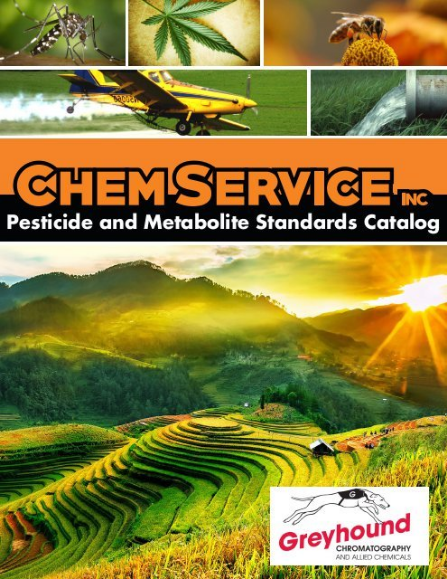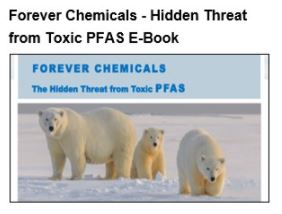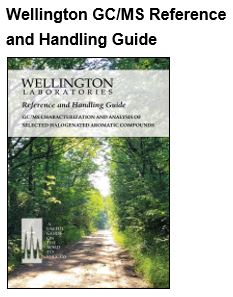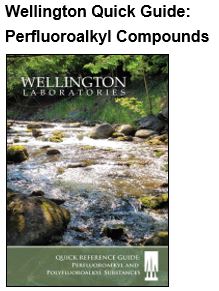What is an Environmental Impact Assessment?
An environmental impact assessment (EIA) is an important aspect in any planned construction project or development. It's a systematic and analytical look at the impact that the proposed project would have on the environment and other parts of the community and the world.
An EIA allows the builders, companies, governments and other people involved to understand the full spectrum of consequences of the potential project before it actually begins. An EIA does not necessarily mean that a project will lead to pollution or disrupt the ecosystem, it simply establishes which ways the proposal may interact with the world around it.
There are different organizations that can conduct EIAs or similarly named research based on which jurisdiction the project falls under.
United Nations Environment Programme EIA
The UNEP uses EIAs to evaluate how the environment, economy and society would be affected by the project. The purpose of this evaluation, as the Convention on Biological Diversity explained, is to create the best possible situation for the project to go forward in the context of the economy and the environment. A UNEP EIA's findings can help a company avoid pollution, financial penalties, clean-up costs and keep the project on schedule, CBD noted.
Most EIAs follow a similar structure when they're conducted. First, they decide which projects need to be assessed, then they focus on which areas of the project should be probed. From there, they investigate and come up with findings and suggestions. After that, the company receives a report. It's reviewed by the company, the community and others, then decisions are made based on the report and put into place. From there, there may be various levels of oversight to ensure that the suggestions were followed as directed.
This international EIA combines community involvement and traditional policing to ensure that any potential chemical spills or environmental damage is avoided in the first place for the least impact and expense.
Environmental Protection Agency's EIS
The U.S. EPA has a slightly different protocol than the UNEP. The EPA starts with an environmental assessment which establishes whether an environmental impact statement is necessary and if the project is in compliance with the National Environmental Policy Act. An EA is a brief and concise report that omits much of the data that the EPA may have researched, the agency explained. These are also made to be public and their most important function is explained whether an EIS is needed.
As the EPA explained, the EIS is similar to the UNEP EIA in ensuring that the project is compliant with relevant laws and regulations throughout the construction process.
"An EIS is a detailed analysis that serves to insure that the policies and goals defined in NEPA are infused into the ongoing programs and actions of the federal agency," The EPA explained on its website. "EISs are generally prepared for projects that the proposing agency views as having significant prospective environmental impacts. The EIS should provide a discussion of significant environmental impacts and reasonable alternatives (including a No Action alternative) which would avoid or minimize adverse impacts or enhance the quality of the human environment."
Like many federal oversights and proposals, EISs have periods of comment and discussion before they become effective.
An environmental impact assessment is an important aspect in any planned construction project or development. It's a systematic and analytical look at the impact that the proposed project would have on the environment and other parts of the community and the world.
European Union's EIA
The EU also has its own version of the EIA that covers much of the same ground as the EPA and UNEP. The EU's EIAs also strive for public interaction in the process and ensure that every party has a voice.
While public participation is critical to the EU's process, the true purpose of the EIA is to protect the environment as best as the government needs to. The EU has its own set of laws and rules governing environmental protection, but the EU also deals with a number of different states and their regulations.
An example of an EIS
The U.S. State Department published the EIS for the Keystone XL Pipeline, which has become a divisive political issue between environmentalists and energy enthusiasts. The pipeline would cross the Canadian border in Montana and cut across North Dakota, South Dakota and Nebraska.
The EIS is an exhaustive report on the 875-mile proposed pipeline and how it would impact the environment. The report outlines public concerns, the permits applied for and the exact proposal, including every possible step of construction and how it would be executed from clearing brush to restoring the land. The executive summary of the EIS has information about petroleum markets, maps and diagrams to put every piece of information that was gathered into context.
Currently the proposed plan would release 0.24 million metric tons of carbon dioxide into the atmosphere during construction and more during operation. It includes data on how specific waterways, insects, vegetation and animals may be impacted by the project and a history of the pipeline.
EAs, EISs and EIAs can be important tools for companies that are prepared to build. Each provides a deep well of information that can inform the public as well as engineers about how the project will actually impact the environment and how it can have the lowest possible consequences.
Chem Service has over 2,000 Pesticide and Metabolite Reference Standards.
CONTACT US
Tel: +44 (0) 151 649 4000
Email: marketing@greyhoundchrom.com
FOLLOW US
YOU MAY ALSO BE INTERESTED IN OUR NEWSLETTER















